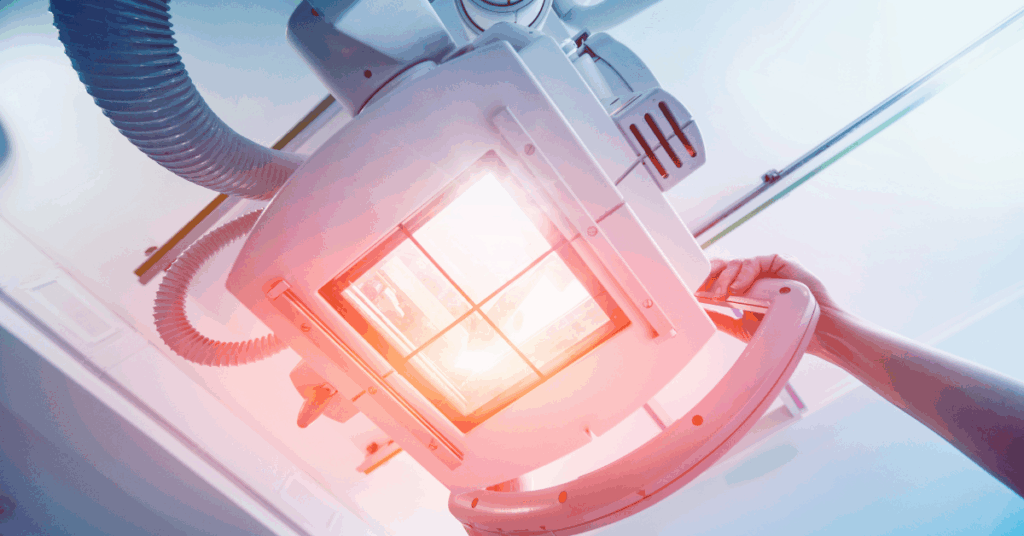Discover how lenders nationwide use the 5Cs of credit to assess potential borrowers’ creditworthiness
For many small businesses and nonprofit organizations, obtaining credit can be a critical next step for growth, expansion, acquisition, or establishment. However, navigating the market to find a loan suited to the intricacies of your business often means encountering hurdles—and meeting eligibility criteria that vary by lender. That’s where the 5 Cs of Credit come into play: a framework lenders use to evaluate your creditworthiness and determine whether your business is a strong candidate for financing.
In many cases, exploring government-backed lending programs, like the USDA Rural Development and SBA loan programs, is a viable option for many businesses. USDA OneRD business loans are specifically tailored for businesses and nonprofits situated in rural areas of the U.S., while SBA loans are available for small businesses in both urban and rural communities.
When seeking credit from the SBA or USDA, applicants undergo evaluation based on five crucial factors. These are commonly referred to as the “5 Cs of Credit,” and they help to determine a potential borrower’s creditworthiness. At Veritex Community Bank, our Government Lending Team has customized these credit requirements to align with our perception of an ideal borrower. These criteria are in collaboration with the SBA and USDA.
Understanding the five factors the SBA, USDA, and lenders across America use to evaluate a borrowing entity’s creditworthiness can help you prepare a stronger application package. In turn, this will improve your chances of securing financing for your business.
5 Cs of credit – A full breakdown
1. Character
What significance does a borrower’s character hold in determining eligibility? For Vertiex Bank Government Lending, this facet is arguably the most pivotal ‘C’ of Credit. A borrower’s character encompasses their reputation and past performance. Veritex Bank evaluates the borrower’s credit history, references, management and financial track record, and overall integrity. USDA OneRD loans frequently offer terms and amortizations extending up to 30, and even 40, years for certain programs, while SBA loan terms extend up to 10 years and 25 years, depending on the lending program’s use of funds.
2. Capacity
Capacity deals with the borrower’s ability to repay the loan. Lenders will look at contributing factors such as your income, debt-to-income ratio, and cash flow. It’s important to have a realistic repayment plan in place and to demonstrate that you have the capacity to make payments on time. A commercial lender needs a thorough plan on how the borrower will service the debt.
3. Capital
This addresses the borrower’s assets and net worth. Lenders will look at your existing assets and liabilities, as well as your equity position. It’s important to have a strong balance sheet and to show that you have adequate collateral to secure the loan.
4. Collateral
Collateral includes the assets a borrower uses to secure a loan. USDA loans require borrowers to pledge collateral. SBA loans allow borrowers to use real estate as collateral, but the program doesn’t always require it. However, individual lenders often set their own guidelines and may require collateral for loans above a certain amount. Lenders want to know that they can recoup their investment in the event of default, so it’s important to have adequate collateral and to be able to demonstrate its value.
5. Conditions
This final “C” in the 5 Cs of Credit refers to the purpose of the loan and the economic conditions that may impact the borrower’s ability to repay. Lenders want to know how the loan will be used and how it will benefit the borrower’s business or organization. It’s important to have a clear and compelling business plan. It should outline the purpose of the loan and how it will be repaid. If you need assistance writing a business plan, the loan experts at Veritex Bank Government Lending can help. They have even created an easy seven-step plan to follow.
Understanding the 5 Cs of Credit can help you prepare a stronger loan application. It can improve your chances of securing financing from the SBA and USDA. By demonstrating your character, capacity, capital, collateral, and conditions, you show you are a responsible borrower who is committed to success. With the right preparation and solid understanding of these factors, you can secure the financing you need to grow your business or nonprofit entity.
Who is Veritex Bank?
Veritex Bank is a specialized commercial lender. Veritex Bank lends through the SBA and USDA OneRD programs, making its team members experts in the government-guaranteed loan application process. If your business or organization needs funding, contact Veritex Bank Government Lending today and let our team help you.



